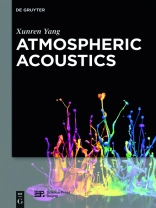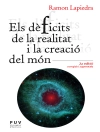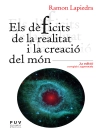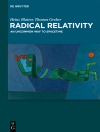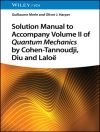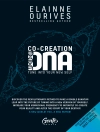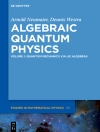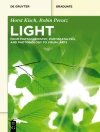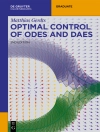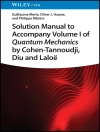This book concisely expounds the fundamental concepts, phenomena, theories and procedures in a complete and systematic sense. In this book, not only almost all the important achievements from predecessors but also the contributions from the author himself have been summed up profoundly. Starting from the derivation of fundamental equations, various classical acoustical phenomena such as reflection, refraction, scattering diffraction and absorption in atmosphere, as well as the influences of gravitation and rotation of the earth on the behaviors of different atmospheric waves including acoustic waves, have been discussed in viewpoints of wave acoustics and geometrical acoustics respectively. The recent developments of several computation methods in the field of atmospheric acoustics have been introduced in some detail. As for the application aspects, atmospheric remote sensing has been discussed from the angle of inverse problems.
Содержание
Preface
Foreword
Chapter I. Introduction
§1. Scope of the branch. Historical review
§2. Structure and acoustic properties of the atmosphere
§3. Thermodynamical relationships in the atmosphere
§4. Fundamental relations of atmospheric dynamics
§5. Types of atmospheric waves
Chapter II. Basic concepts and processing methods
§1. Wave equation in homogeneous atmosphere
§2. Energy relations in acoustic waves
§3. Wave equation in inhomogeneous atmosphere
§4. The WKB approximation
§5. Normal mode solutions
§6. Basic concepts of geometrical (ray) acoustics
Chapter III. Sound propagation in the atmosphere— refraction and reflection
§1. Sound propagation in quiescent homogeneous media
§2. Sound refraction in stratified inhomogeneous media
§3. Sound rays in atmosphere
§4. Amplitude variations in quiescent media
§5. Amplitude variations in moving media
§6. Sound reflection from the interface between two media
§7. Effects of the ground surface
Chapter IV. Sound scattering and diffraction in the atmosphere
§1. Basic concepts of scattering
§2. Scattering by inhomogeneities
§3. Interactions between atmospheric turbulences and acoustic waves
§4. Sound scattering in turbulent atmosphere
§5. Sound diffraction in quiescent atmosphere
§6. Sound diffraction in moving atmosphere
Chapter V. Sound absorption in the atmosphere
§1. Classical absorption
§2. Molecular rotational relaxation absorption
§3. Molecular vibrational relaxation absorption
§4. Total absorption coefficient and additional absorption coefficient
§5. Sound absorption in fog and suspended particles
Chapter VI. Effects from gravity field and earth’s rotation
§1. Wave system in quiescent atmosphere
§2. Waves in moving inhomogeneous atmosphere
§3. Polarization relations
§4. Rossby waves
§5. External waves
§6. Atmospheric tides
Chapter VII. Computational atmospheric acoustics
§1. Fast field program (FFP)
§2. Parabolic equation (PE) method I: CNPE
§3. Parabolic equation (PE) method II: GFPE
§4. Ray tracing
§5. Gaussian beam (GB) approach
Chapter VIII. Acoustic remote sensing for the atmosphere
Part One. Acoustic remote sensing for the lower atmosphere (troposphere)
§1. Probing systems
§2. The physical foundations of acoustic sounding
§3. Outputs of the acoustic sounder
§4. Systematic algorithm for obtaining SODAR wind profiles
§5. Passive remote sensing
Part Two. Acoustic remote sensing for the upper atmosphere
§1. Physical foundations of acoustic remote sensing for upper atmosphere
§2. Detecting systems for remote sensing
§3. Recognition of waves in the atmosphere
§4. The passive remote sensing of infrasonic waves existing in the atmosphere
Chapter IX. Non-linear atmospheric acoustics
§1. Non-linear effects in sound propagation
§2. Sonic boom
§3. Recent researches for sound waves in atmospheric turbulences
§4. Atmospheric solitary waves
Chapter X. Sound sources in atmosphere
§1. Fundamental sound sources
§2. Natural sound sources
§3. Artificial sound sources
Об авторе
Xunren Yang, Chinese Academy of Sciences, Beijing, PR China.
